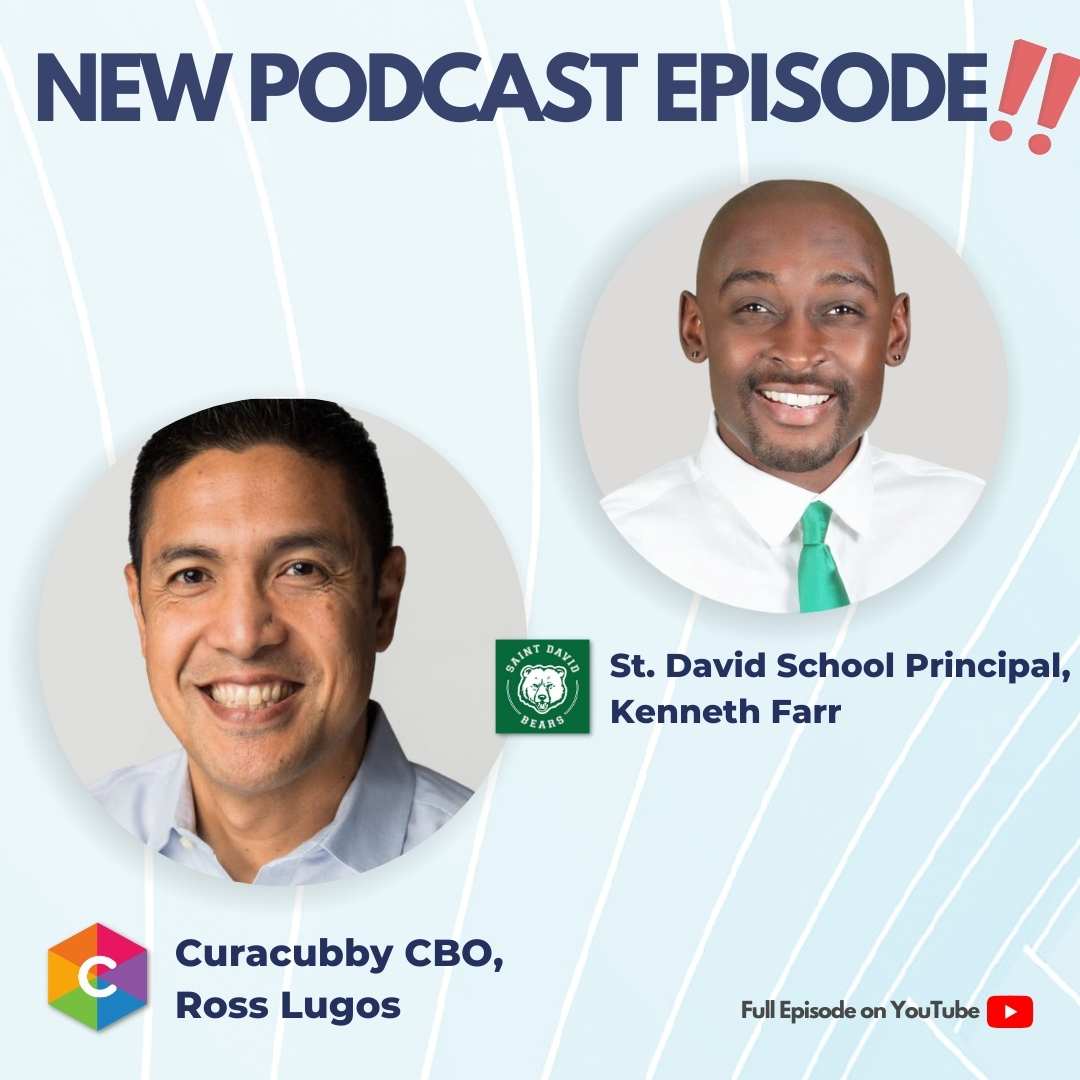Creating a Safe and Inclusive Afterschool Environment: Strategies and Practices

Creating a Safe and Inclusive Afterschool Environment: Strategies and Practices
After-school programs play a crucial role in the lives of children and adolescents, offering them a safe and supportive environment outside of regular school hours. To ensure the optimal development and well-being of participants, it is essential to create an inclusive and safe afterschool environment. In this blog post, we will explore strategies and best practices for fostering a sense of safety and inclusivity within afterschool programs.
By implementing these strategies, afterschool programs can become not only a place of learning and growth but also a sanctuary where children and adolescents feel accepted, valued, and empowered to explore their interests, express themselves, and form meaningful connections with peers and caring adults. Let's delve into the key strategies that can help create a safe and inclusive afterschool environment.
The Importance of a Safe and Inclusive Afterschool Environment
A safe and inclusive afterschool environment is vital for the well-being and development of children and adolescents. Ensuring safety is of paramount importance as it creates a secure space where children can engage in activities without fear. Afterschool programs that prioritize safety implement proper supervision, adhere to safety guidelines, and address potential risks to prevent accidents or injuries. When children feel safe, they are more likely to actively participate, take risks, and build meaningful relationships with their peers and mentors.
Inclusivity plays a crucial role in creating an afterschool environment that promotes diversity, equity, and acceptance. By celebrating differences and respecting individual identities, inclusive programs foster a sense of belonging for children from diverse backgrounds. They provide opportunities for children to learn about different cultures, perspectives, and abilities, promoting empathy and understanding. Exposure to diverse experiences and perspectives broadens their horizons, enhances their social skills, and encourages an inclusive mindset that can benefit them throughout their lives.
Furthermore, a safe and inclusive afterschool environment contributes to the overall academic and personal development of children. Afterschool programs that offer homework assistance, educational enrichment activities, and skill-building opportunities provide a valuable extension of the school day. Moreover, an inclusive environment promotes emotional well-being, self-confidence, and social competence, which are vital for personal growth. Through positive relationships, mentorship, and collaboration, children develop the necessary skills to navigate challenges, build resilience, and succeed in various aspects of their lives.
How to create a safe and inclusive afterschool environment?
1. Establishing a Welcoming Environment
Creating a welcoming environment is the first step toward fostering inclusivity in afterschool programs.
- Design a physical space that is inviting and comfortable for all participants. Use warm colors, comfortable furniture, and proper lighting to create a cozy and welcoming atmosphere.
- Display inclusive signage, artwork, and materials that celebrate diversity. Represent various cultures, abilities, and identities to ensure that all participants feel seen and valued.
- Develop a clear set of rules and expectations that promote respect, kindness, and inclusivity. Communicate these guidelines to staff, participants, and parents/guardians to create a shared understanding of behavior standards.
- Train staff members to greet participants warmly and foster positive relationships. Encourage staff to use participants' names, actively listen to them, and make them feel valued and respected.
2. Encouraging Diversity and Inclusion
Promoting diversity and inclusion is crucial for creating a safe and inclusive afterschool environment.
- Foster a sense of belonging by creating opportunities for participants to share their unique backgrounds, cultures, and perspectives. Encourage them to share their experiences and educate others about their traditions.
- Organize multicultural events, celebrations, and activities that promote understanding and appreciation of different cultures. Involve participants in planning these events to ensure their voices are heard.
- Incorporate diverse literature, games, and resources that represent various ethnicities, abilities, and identities. Stock the library with books that feature diverse protagonists and provide games and activities that promote cross-cultural understanding.
- Encourage open discussions about diversity and inclusion, allowing participants to ask questions and learn from one another. Create a safe space where participants can share their thoughts, ask questions, and gain a deeper understanding of different perspectives.
3. Promoting Emotional and Physical Safety
Creating a safe environment, both emotionally and physically, is essential for the well-being of participants.
- Establish clear protocols for handling conflicts and bullying incidents, ensuring that participants feel safe and supported in reporting any issues. Train staff members to address conflicts promptly and fairly, emphasizing a zero-tolerance policy for bullying.
- Train staff members in conflict resolution and de-escalation techniques. Provide them with the tools and skills necessary to handle conflicts in a calm and constructive manner.
- Implement safety measures, such as first aid kits, emergency procedures, and regular safety drills. Ensure that staff members are trained in first aid and that emergency contact information is readily available.
- Provide a confidential avenue for participants to express concerns or seek assistance, such as a suggestion box or designated staff member. Encourage open communication and assure participants that their concerns will be taken seriously and handled appropriately.

4. Cultivating Positive Relationships
Positive relationships are key to creating a supportive and inclusive afterschool environment.
- Encourage positive peer interactions by implementing team-building activities and cooperative games. Foster a sense of camaraderie and teamwork among participants.
- Foster mentorship opportunities by pairing older participants with younger ones. This can promote a sense of responsibility, leadership, and support among participants.
- Train staff members to actively listen to participants, offering guidance and support when needed. Encourage staff to provide emotional support, offer constructive feedback, and help participants navigate challenges.
- Recognize and celebrate individual achievements and contributions to foster a sense of accomplishment and self-worth. Highlight participants' accomplishments, whether academic, artistic, or personal, to boost their self-esteem and motivation.
5. Collaborating with Families and the Community
Collaborating with families and the community is crucial for creating a holistic and inclusive afterschool environment.- Establish effective communication channels with parents or guardians to keep them informed and involved in the afterschool program. Regularly communicate program updates, events, and important information through newsletters, emails, or online platforms.
- Seek input from families and community members to ensure the program meets the needs and expectations of the diverse participants. Conduct surveys, hold parent meetings, and involve community members in decision-making processes.
- Invite guest speakers, local organizations, and community leaders to provide educational and enriching experiences. These external resources can offer unique perspectives and broaden participants' horizons.
- Develop partnerships with local organizations to offer additional resources and opportunities for participants. Collaborating with community centers, libraries, museums, or sports clubs can provide participants with access to a wider range of activities and support.
Conclusion
Creating a safe and inclusive afterschool environment is vital for the well-being and development of children and adolescents. By implementing the strategies and best practices outlined in this blog post, afterschool programs can foster a sense of belonging, promote diversity and inclusion, and ensure the emotional and physical safety of all participants. Remember, a supportive environment empowers young individuals to thrive, grow, and reach their full potential.
Check out Curacubby for an all-in-one platform to organize, schedule, track the progress, and establish effective communication channels with parents or guardians.









